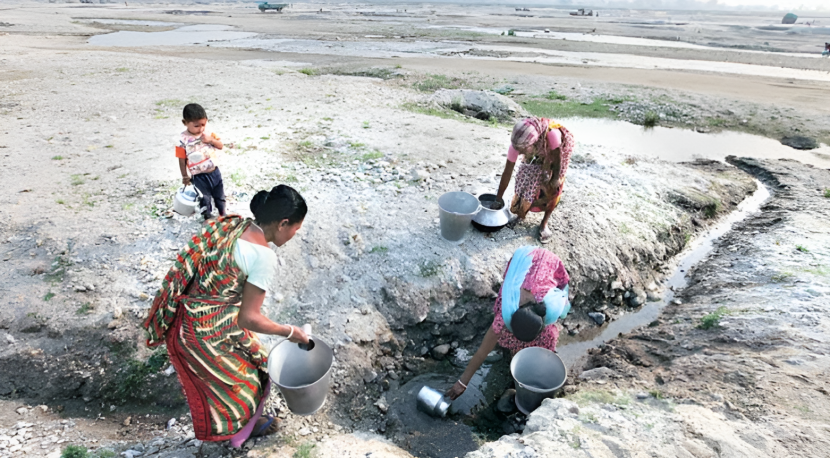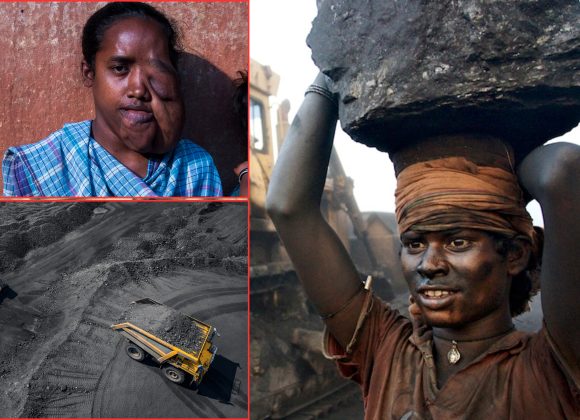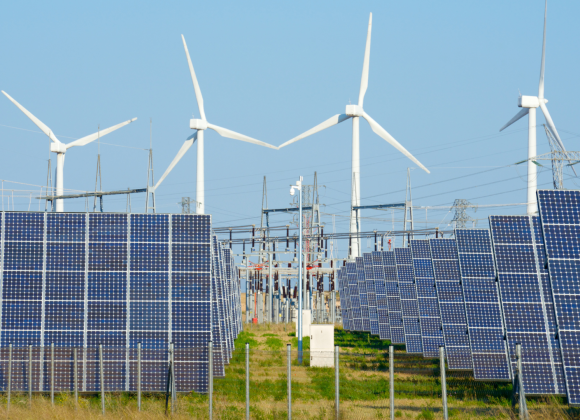Every summer, large parts of Purulia district in West Bengal face an acute water crisis, forcing thousands of residents—particularly in rural areas—to walk long distances in search of drinking water. With temperatures soaring above 45°C, and groundwater levels dropping significantly, the region’s struggle for water becomes an annual ordeal.
Despite having more than 17,000 water bodies, including 13,882 used for irrigation, the availability of water remains critically low during the summer months. One of the primary reasons is that the district lies on the Chota Nagpur Plateau, characterized by lateritic soil and rocky terrain, which has low water retention capacity. This means that even during the monsoon season, a significant portion of rainfall flows away as surface runoff instead of recharging the groundwater.
According to official groundwater monitoring data [1], the pre-monsoon water levels in Purulia range from 4.72 to 7.05 meters below ground level (mbgl). In blocks such as Jhalda-I and Balarampur, levels drop to over 7 mbgl, making it difficult for hand pumps and shallow tube wells to function. Furthermore, long-term hydrograph trends (2001–2019) show a steady decline in groundwater levels—up to 13 to 16 centimeters per year—particularly in the post-monsoon season in blocks like Baghmundi, Bandwan, and Balarampur.
This continuous depletion, combined with inadequate infrastructure, erratic rainfall, and poor water management, makes Purulia one of the most water-stressed districts in West Bengal. The crisis is not just environmental—it’s a deeply human issue that affects health, livelihoods, and the dignity of life itself.
Geographical Disadvantages
Purulia is located on the eastern edge of the Chota Nagpur Plateau, a region known for its undulating terrain, rocky hills, and lateritic soil. While this gives the district a unique landscape, it also contributes heavily to its water crisis.
The lateritic soil found in most parts of Purulia is highly porous and poor at water retention. As a result, most of the rainwater during the monsoon season runs off quickly instead of seeping into the ground to recharge aquifers or ponds.
Moreover, the region lacks perennial rivers. It is mostly dependent on seasonal streams, which dry up completely in the summer, leaving many villages without even surface water sources. A 2019 geological survey found that more than 60% of the district’s land area suffers from low groundwater potential, especially in the highland blocks like Jhalda, Bagmundi, and Arsha.
These geographical challenges create a natural water deficit every dry season, making Purulia one of the most water-stressed districts in West Bengal during the summer months.
Erratic Rainfall and Climate Change
One of the most critical factors contributing to Purulia’s severe water crisis is the increasing unpredictability of rainfall. While the district receives an annual average rainfall of around 1100–1500 mm, the distribution is highly erratic and uneven [2]. Most of the rain is concentrated during the monsoon months (June to September), and even then, short bursts of heavy rainfall often lead to surface runoff rather than meaningful groundwater recharge.
Over the past two decades, climate variability has intensified, leading to longer dry spells, delayed monsoons, and extreme weather events. According to regional climate assessments, Purulia has witnessed a noticeable shift in rainfall patterns, with frequent drought years and decreased rainy days, making it harder for natural water sources to recover between seasons.
This volatility is further compounded by rising temperatures. During peak summer, temperatures regularly climb above 45°C, accelerating evaporation from surface water bodies and soil. The result is a rapid depletion of already limited water reserves, affecting not only drinking water availability but also agriculture, which is the primary livelihood for most residents.
The effects of climate change have essentially turned the region into a climate-vulnerable hotspot, where traditional water management strategies are no longer sufficient. Without adaptive planning, improved irrigation techniques, and serious investment in water conservation infrastructure, Purulia’s water crisis is likely to worsen in the coming years.
Overdependence on Groundwater
In Purulia, groundwater has become the lifeline for both domestic and agricultural use. However, this growing reliance on underground water has reached unsustainable levels, especially in the absence of proper recharge mechanisms.
Over 85% of irrigation in Purulia is dependent on groundwater, drawn through shallow and deep tube wells. With limited rainfall retention due to lateritic soil and rocky terrain, aquifers are unable to replenish adequately between dry seasons. According to groundwater data, blocks like Jhalda-I and Balarampur have pre-monsoon water levels dipping beyond 7 meters below ground level (mbgl)—a clear indication of excessive withdrawal without sufficient recharge.
Furthermore, the specific yield of the soil—typically around 0.02 in many areas—is too low to support high-volume extraction. Yet, due to the lack of alternative water sources, groundwater remains overexploited even during critical periods. This imbalance has led to a steady decline of 13–16 cm per year in post-monsoon water levels in several blocks, as observed in long-term hydrograph studies.
The overuse of groundwater not only threatens its long-term availability but also makes rural communities highly vulnerable during droughts or pump failures. Without proper rainwater harvesting, aquifer recharge, and surface water development, this overdependence could soon lead to groundwater scarcity of irreversible scale.
Loss of Green Cover
Purulia’s worsening water crisis is significantly influenced by the loss of green cover, primarily due to urban expansion, mining, and unregulated logging. Only 12% of the district’s land is under forest cover, much lower than the national average. This sparse vegetation hampers water retention, leading to increased surface runoff, soil erosion, and rapid depletion of groundwater. Additionally, the lack of green cover accelerates evaporation from water bodies, exacerbating the scarcity, especially during hot summers. Forests in blocks like Baghmundi and Bandwan have thinned, reducing ecological resilience. To address this, reforestation, community-driven afforestation, and eco-friendly land planning are crucial for restoring the region’s water security.
Inadequate Water Infrastructure
Inadequate water infrastructure is a major factor contributing to the water crisis in Purulia. The district’s water supply systems are outdated and insufficient to meet the growing demands of its population. Many areas still rely on traditional sources like wells, ponds, and hand pumps, which are often unreliable and poorly maintained. Furthermore, there is a lack of proper water distribution networks, leading to uneven access across urban and rural areas. The absence of modern water treatment plants and storage facilities results in poor water quality and limited availability, especially during dry spells. To tackle this issue, significant investment in upgrading water infrastructure, including sustainable water sources, improved storage systems, and efficient distribution networks, is essential for ensuring consistent and clean water supply to the region.
Impact on Agriculture and Livelihood
The inadequate water supply in Purulia has a severe impact on agriculture and livelihoods in the region. Agriculture, which is the primary source of income for most families, heavily depends on consistent water availability for irrigation. With the diminishing water resources and unreliable rainfall, farmers are struggling to maintain crop production, leading to reduced yields and financial instability.
Water scarcity also affects livestock farming, as access to water for animals becomes limited, leading to poorer livestock health and productivity. Additionally, the region’s dependency on monsoon rains makes farming highly vulnerable to erratic weather patterns, such as droughts or excessive rainfall.
This water crisis has led to the migration of many rural families seeking alternative employment opportunities in urban areas, resulting in a loss of local agricultural expertise and a decline in traditional farming practices. The overall economic health of the region is thus compromised, as agriculture and related livelihoods are integral to the local economy.
Addressing water scarcity through sustainable practices, improved irrigation systems, and better water management strategies is critical for protecting agriculture and supporting the livelihoods of the community.
Final Thoughts
To address Purulia’s water crisis, key actions include restoring green cover through afforestation, upgrading water infrastructure like reservoirs and distribution systems, and promoting water conservation practices such as rainwater harvesting and efficient irrigation. Soil conservation and watershed management can help reduce runoff and improve groundwater levels. Additionally, diversifying livelihoods through skill development and eco-tourism can reduce dependence on agriculture. Strengthening local governance, community engagement in water management, and implementing climate adaptation strategies are crucial for long-term resilience. By focusing on these areas, Purulia can build a more sustainable, water-secure future, improving the overall quality of life and ensuring long-term resilience against environmental challenges.




